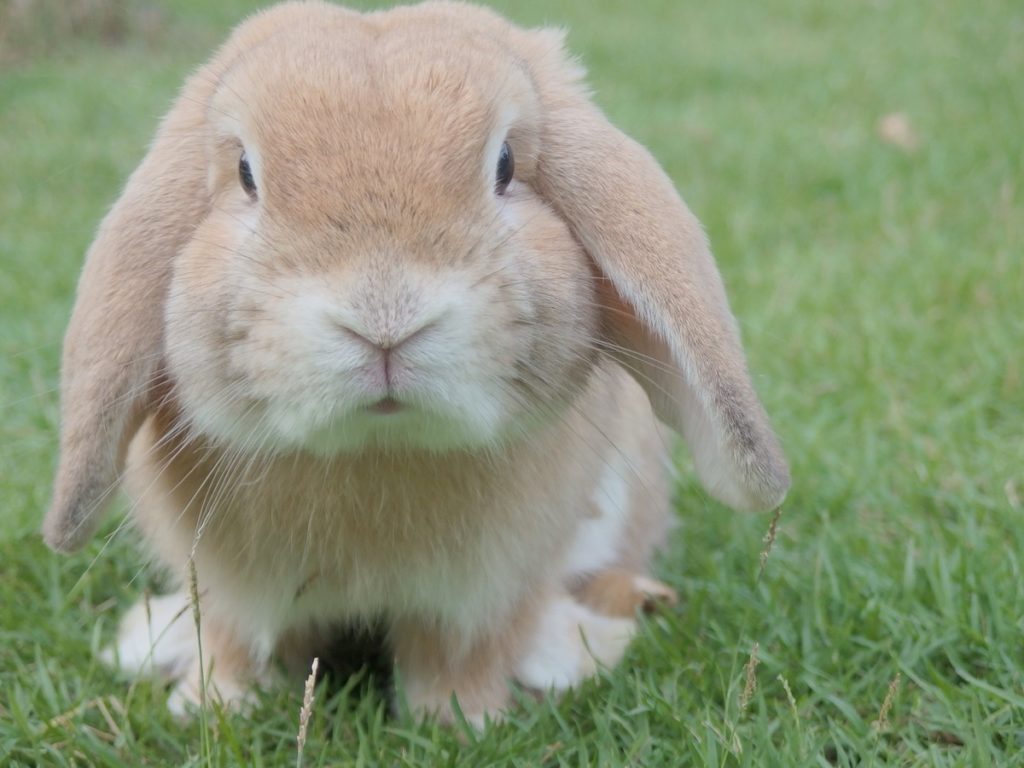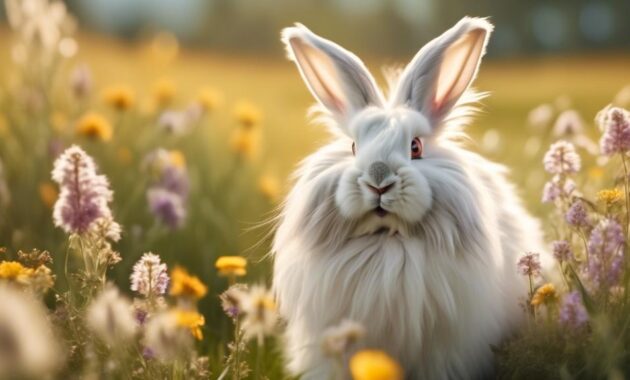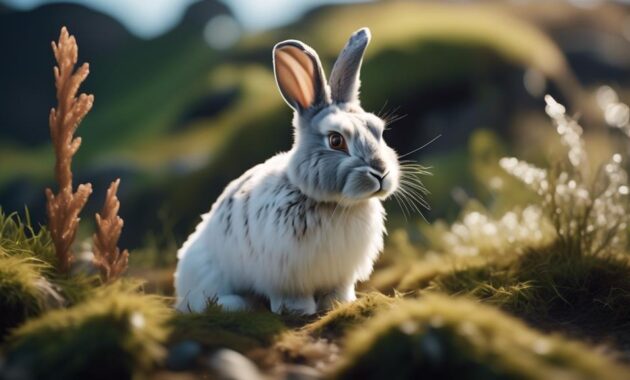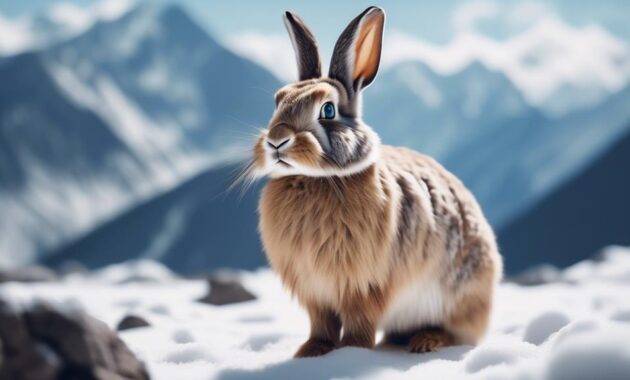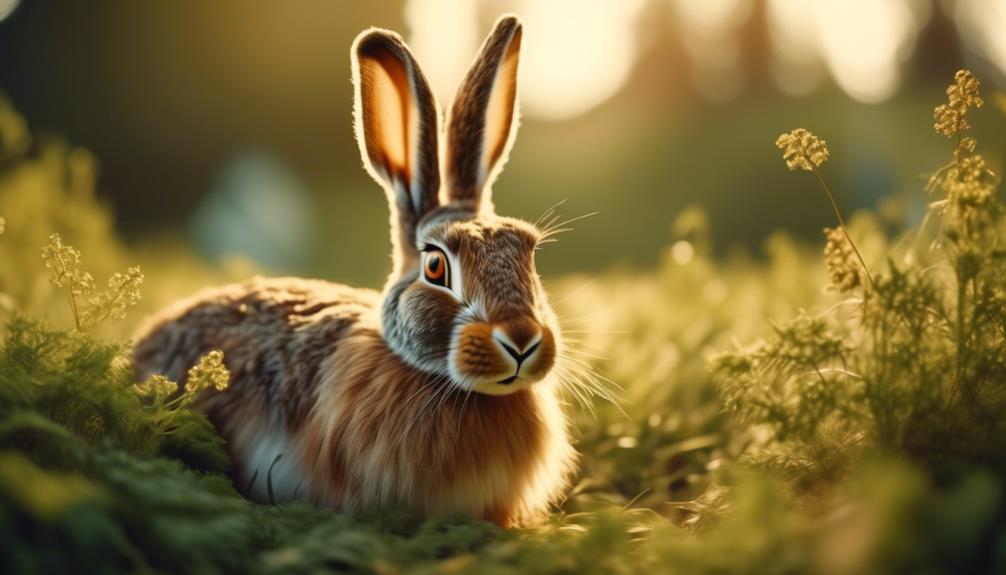
Are you aware of the captivating story behind the Swedish Hare breed? It's a tale filled with intrigue and collaboration, resulting in a unique and remarkable rabbit breed.
Developed by breeders Mirjam Gille and Linda Ahlsen, the Swedish Hare breed is a product of their partnership with Elfin Rabbit breeders, incorporating a blend of different rabbit breeds.
But what makes this breed truly fascinating is not just its origins, but also its striking physical characteristics and its importance in sports and shows.
So, if you're curious to learn more about the captivating world of the Swedish Hare breed, join us as we unravel their story and delve into their care and health needs.
Key Takeaways
- The Swedish Hare breed was developed in the early 2000s through a collaboration with breeders of various rabbit breeds.
- Originally bred for sports and shows, the breed has a graceful, powerful, and alert appearance.
- The Swedish Hare has a straight, long tail, erect rounded ears, and a smooth coat of flyback fur.
- Care and attention are important for maintaining the health of this breed, as they are susceptible to various health issues such as dental problems and respiratory infections.
General Information
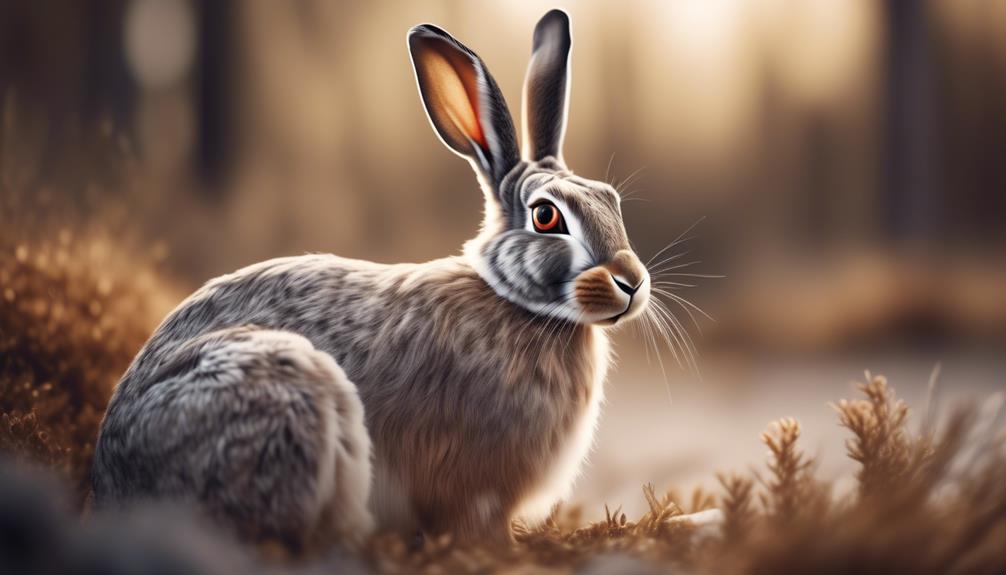
The Swedish Hare breed is a small and mini-sized rabbit that's suitable for rabbit owners of all experience levels. Weighing around 4 pounds, these rabbits have a lifespan of 8 to 12 years.
Their body shape is characterized by a full arch, giving them a graceful and powerful appearance. Developed in the early 2000s by Mirjam Gille and Linda Ahlsen, in collaboration with breeders of Elfin Rabbit, the Swedish Hare includes breeds like Belgian Hare, Polish Rabbit, Dwarf Lop, Holland Lop, Netherland Dwarf, English Rabbit, and Gotland Rabbit. Originally bred for sports and shows, they were split up due to disagreements in standard and name.
With their straight, long front legs, erect rounded ears, and smooth coat, these rabbits have a distinct and alert look. Their flyback fur is close to the body and not longer than an inch, always returning to its original position when stroked in the reverse direction.
As a smaller breed, they don't require a large enclosure, but their cage should be big enough for movement and stretching. Regular exercise outside in a safe enclosure, a varied diet of hay, leafy greens, vegetables, fruits, and pellets, and fresh, clean water are essential for their well-being.
However, they're susceptible to dental problems, gastrointestinal ailments, parasitic infections, respiratory infections, and head tilt, so it's vital to provide appropriate care and attention to keep them healthy. Spending time with your pet will help you recognize any signs of illness and ensure their overall well-being.
Breed History
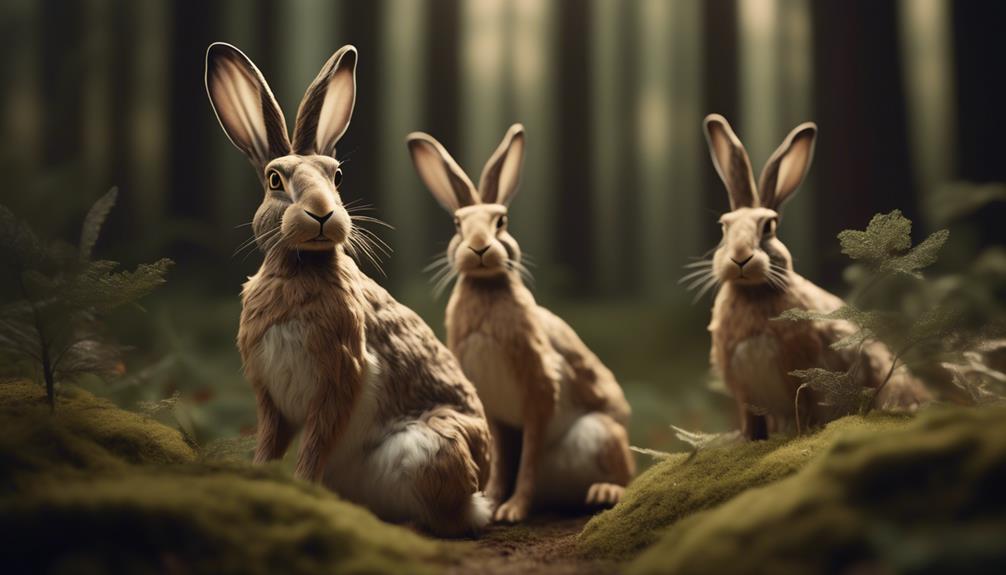
Developed in the early 2000s, the Swedish Hare breed emerged through a collaboration between Mirjam Gille, Linda Ahlsen, and breeders of the Elfin Rabbit. These breeders combined various breeds such as the Belgian Hare, Polish Rabbit, Dwarf Lop, Holland Lop, Netherland Dwarf, English Rabbit, and Gotland Rabbit to create a unique and captivating breed.
Originally bred for sports and shows, the Swedish Hare quickly gained popularity due to its graceful, powerful, and alert appearance. However, disagreements over the standard and name led to a split among breeders. Despite this, the Swedish Hare continues to thrive and enchant rabbit owners of all experience levels.
With its straight, long front legs, muscular flank, and erect rounded ears, this breed showcases its fine-boned and well-rounded physique.
Origin and Development
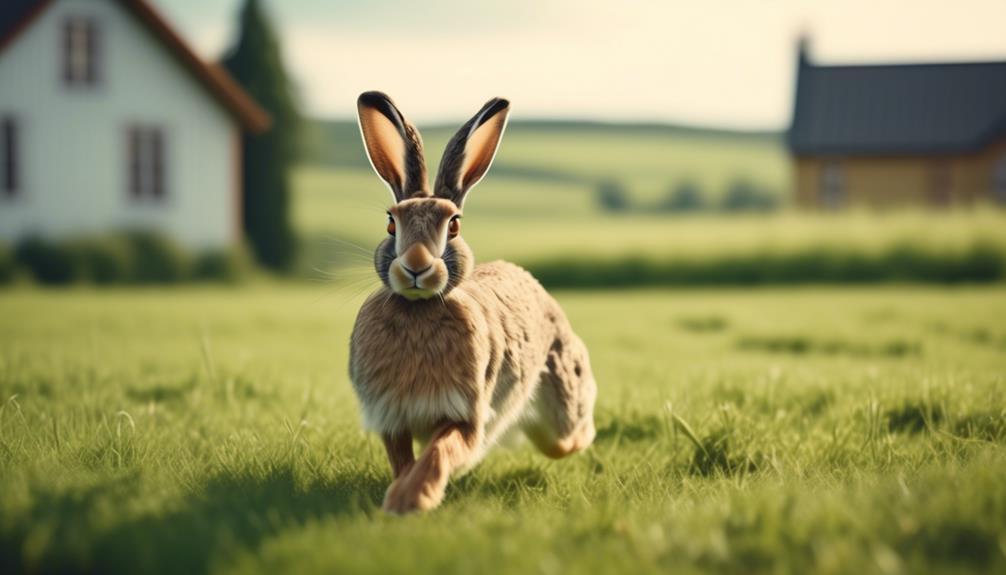
After the split among breeders, the Swedish Hare breed continued to evolve through its origin and development.
In the early 2000s, Mirjam Gille and Linda Ahlsen collaborated with breeders of the Elfin Rabbit to create this captivating breed. They incorporated several breeds, including the Belgian Hare, Polish Rabbit, Dwarf Lop, Holland Lop, Netherland Dwarf, English Rabbit, and Gotland Rabbit.
Originally bred for sports and shows, disagreements over the standard and name caused a split among breeders. Despite this, the Swedish Hare breed persevered and has developed into a graceful and powerful rabbit with a straight, long-legged body, erect rounded ears, and a smooth coat.
Its origins and development showcase the dedication and passion of its creators, resulting in a breed that captures attention and admiration.
Physical Description
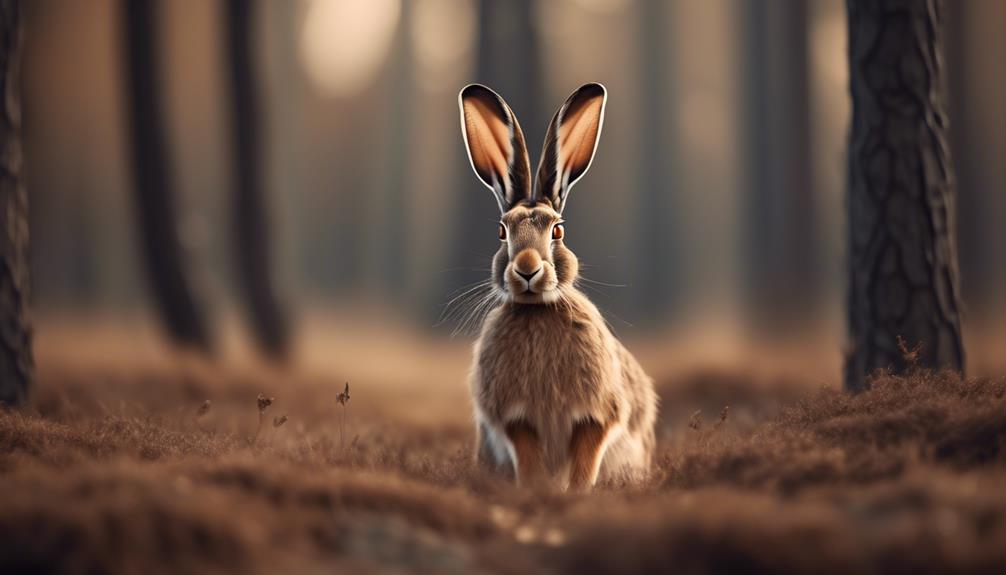
To describe the physical appearance of the Swedish Hare breed, one can't help but be captivated by its graceful and powerful presence. This breed has a fine-boned body with narrow shoulders and straight, long front legs. Its muscular flank, well-rounded hindquarters, and loins give it a robust and athletic look.
With its straight tail, erect rounded ears, and smooth coat, the Swedish Hare exudes elegance and alertness. The coat is characterized by flyback fur, which lies close to the body and isn't longer than an inch. When stroked in reverse, the fur quickly returns to its original position, always remaining smooth.
This breed's physical attributes make it a truly captivating sight to behold.
Graceful Appearance
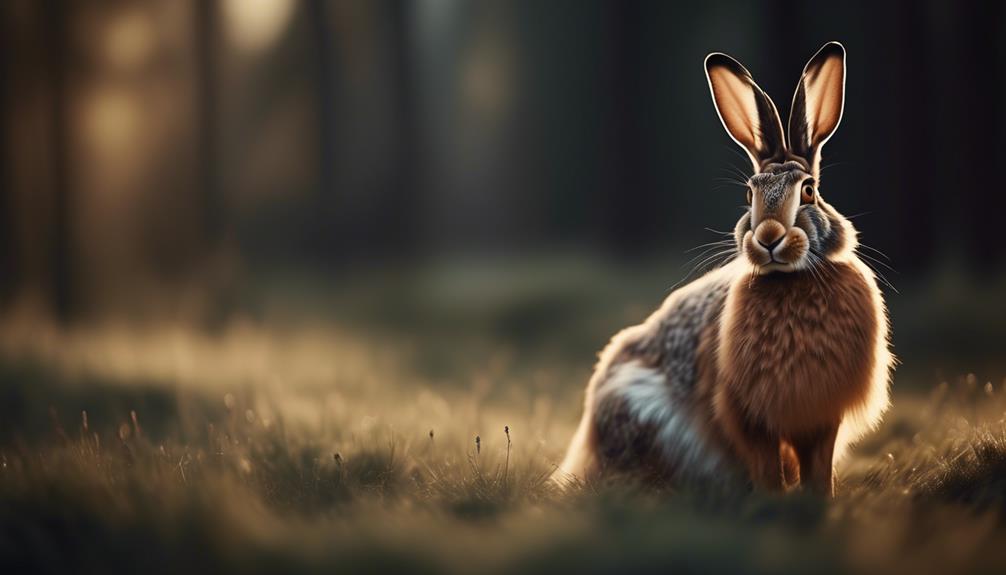
When you first lay eyes on the Swedish Hare, its graceful appearance will surely captivate you. This breed exudes elegance and poise, with its fine-boned frame and narrow shoulders. The Swedish Hare has straight, long front legs that add to its powerful and alert stance.
Its muscular flank, well-rounded hindquarters, and loins give it a well-balanced and athletic look. The straight tail, erect rounded ears, and smooth coat further enhance its graceful appearance. The Swedish Hare's coat is characterized by flyback fur that lies close to the body, with no length exceeding an inch.
When stroked in reverse, the fur quickly returns to its original position, always remaining smooth. With its stunning and graceful appearance, the Swedish Hare is a breed that truly captivates the eye.
Coat Characteristics
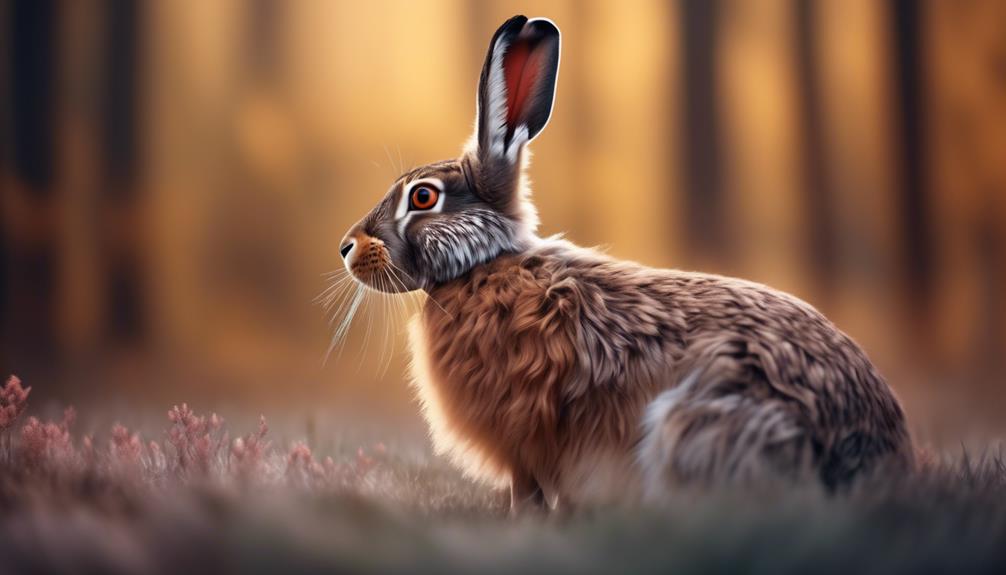
The coat of the Swedish Hare is defined by its flyback fur that lies close to the body, ensuring a sleek and smooth appearance. The fur isn't longer than an inch and has a quick return to its original position when stroked in the reverse direction.
This breed's coat is always smooth, with no matting, baldness, or wooliness. The flyback fur characteristic makes grooming easier as it doesn't require extensive brushing or trimming. Moreover, the close-lying fur helps protect the rabbit from cold weather and provides insulation during the winter months.
With its sleek and well-maintained coat, the Swedish Hare boasts a beautiful and elegant appearance that adds to its overall charm and allure.
Care and Health Tips
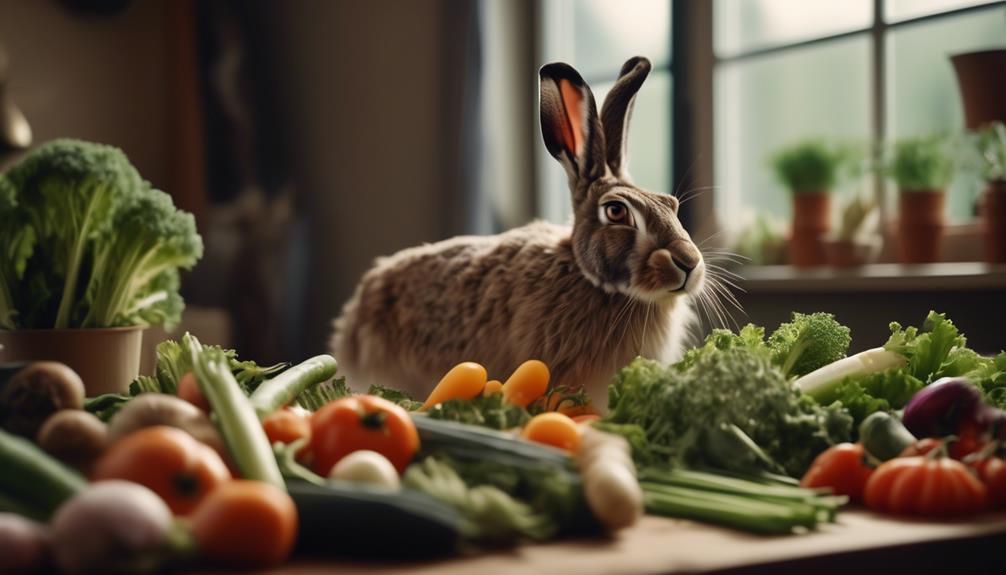
Moving on to the important aspect of caring for your Swedish Hare and ensuring its overall health and well-being. Here are some essential care and health tips to keep in mind:
| Care Tips | Health Tips |
|---|---|
| Provide a cage that allows for movement and stretching. | Watch out for dental problems, gastrointestinal ailments, and respiratory infections. |
| Regular exercise outside in a safe enclosure is important. | Be aware of signs of parasitic infections and head tilt. |
| Offer a varied diet of hay, leafy greens, vegetables, fruits, and pellets. | Maintain an appropriate diet, clean cage, exercise, and attention for a healthy pet. |
| Always provide fresh, clean water for your Swedish Hare. | Spend quality time with your pet to recognize any signs of illness. |
Cage and Exercise Requirements
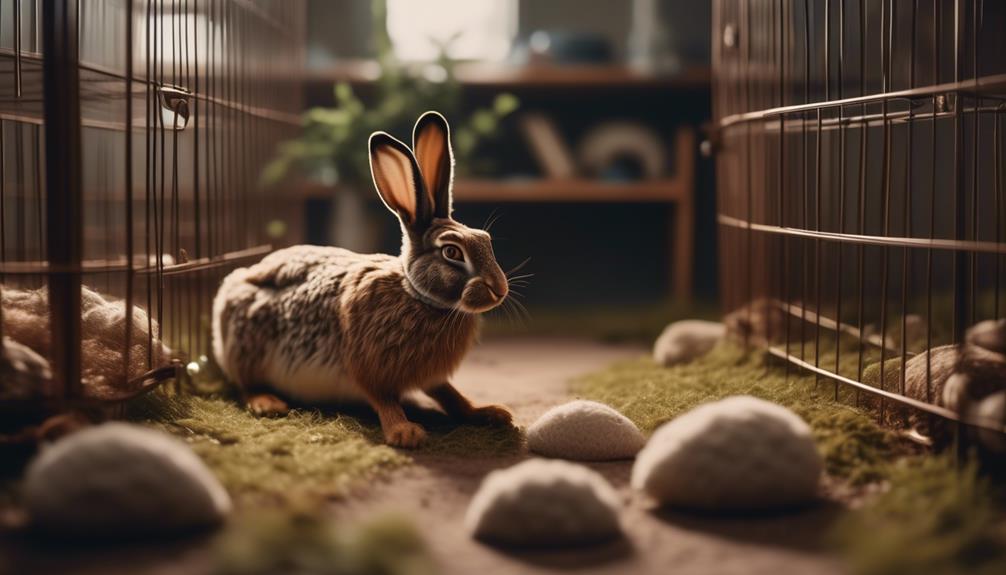
To ensure the well-being of your Swedish Hare, it's important to understand its cage and exercise requirements.
As a smaller breed, the Swedish Hare doesn't require a large enclosure, but it should still be spacious enough for movement and stretching. Provide a cage that allows your hare to hop around comfortably.
Regular exercise outside in a safe enclosure is crucial for their physical and mental health. Make sure to create a secure space where they can explore and play.
A varied diet of hay, leafy greens, vegetables, fruits, and pellets is essential to keep your hare healthy. Remember to always provide fresh, clean water.
Dietary Needs
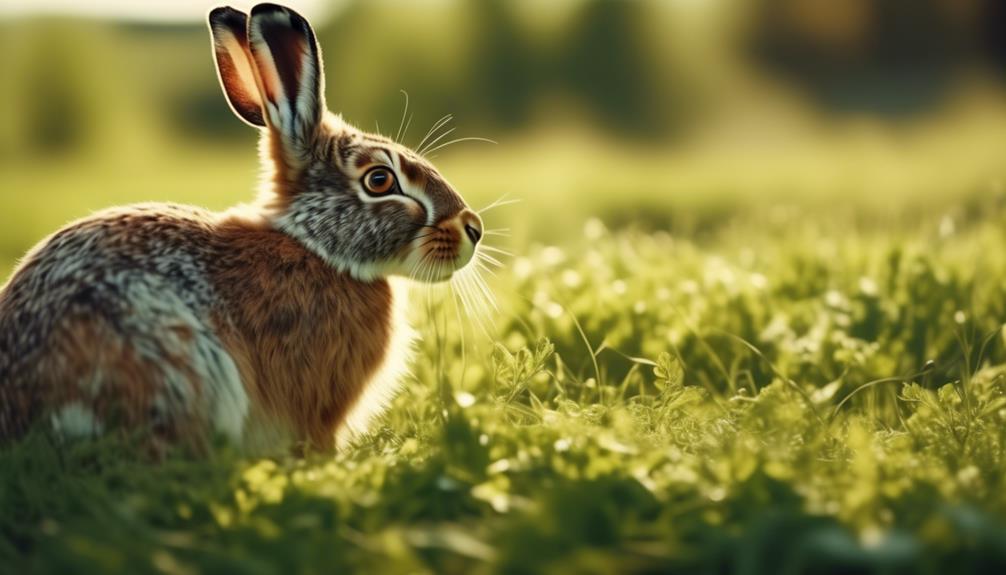
To ensure the optimal health and wellbeing of your Swedish Hare, it's important to understand their dietary needs. These small and graceful rabbits have specific requirements to meet their nutritional needs.
A varied diet is key, consisting of hay, leafy greens, vegetables, fruits, and pellets. Hay should make up the majority of their diet, providing essential fiber for digestion.
Leafy greens like kale and spinach offer vitamins and minerals. Vegetables such as carrots and bell peppers provide additional nutrients. Fruits like apples and berries can be given as treats in moderation.
Pellets formulated specifically for rabbits should be provided in limited quantities. Additionally, fresh and clean water should always be available.
Common Health Issues
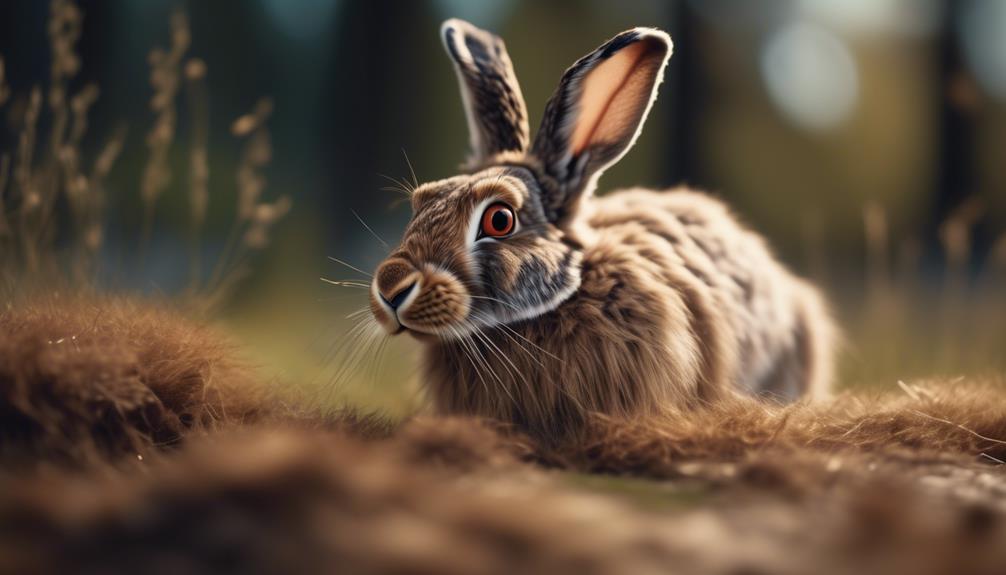
Now let's shift our focus to the common health issues that Swedish Hares may encounter.
- Dental problems: Swedish Hares are prone to dental issues, such as overgrown teeth and malocclusion. Regular dental check-ups and a diet rich in hay help prevent these problems.
- Gastrointestinal ailments: This breed is susceptible to gastrointestinal issues like bloating, diarrhea, and constipation. A balanced diet, including plenty of fiber and regular exercise, can help maintain a healthy digestive system.
- Respiratory infections: Swedish Hares are prone to respiratory infections, which can cause symptoms like sneezing, coughing, and difficulty breathing. A clean living environment, proper ventilation, and avoiding exposure to drafts can help reduce the risk of respiratory issues.
Being aware of these common health issues and providing your Swedish Hare with proper care, including regular veterinary check-ups, a balanced diet, and a clean living environment, will help ensure their overall wellbeing.
Recognizing Signs of Illness
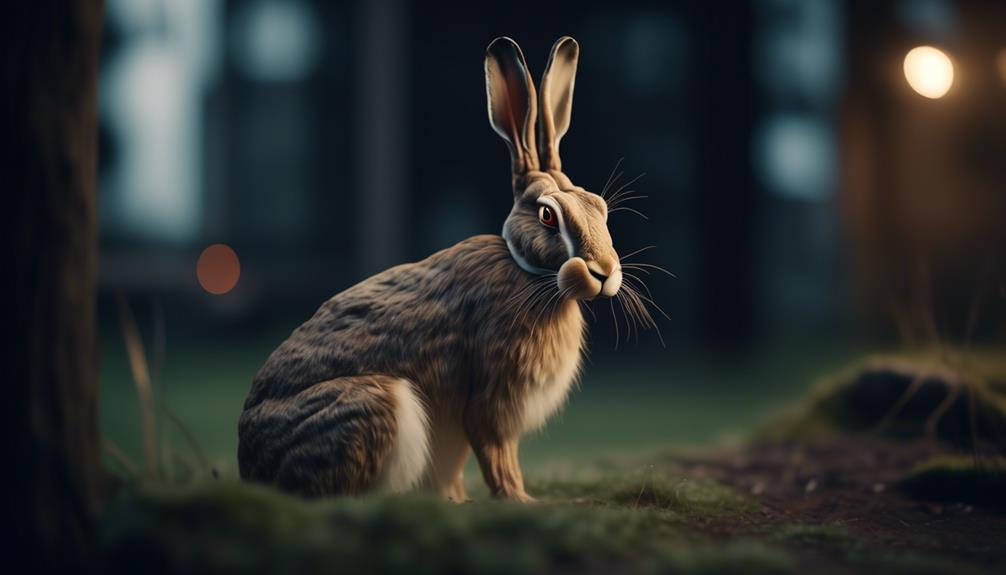
Recognizing signs of illness in Swedish Hares is crucial for ensuring the well-being of your furry friend. Regularly observing your rabbit's behavior and physical appearance can help you identify potential health issues early on. Here are some common signs of illness to watch out for:
| Signs of Illness | Possible Explanation | Action to Take |
|---|---|---|
| Loss of appetite | Could indicate dental problems or gastrointestinal issues | Consult a veterinarian for proper diagnosis and treatment |
| Lethargy | May be a sign of a parasitic infection or respiratory illness | Seek veterinary advice and provide a comfortable and warm environment |
| Abnormal droppings | Could indicate digestive problems or a change in diet | Monitor your rabbit's diet and consult a veterinarian if the issue persists |
Frequently Asked Questions
What Are Some Unique Personality Traits of the Swedish Hare Breed?
Swedish Hares are known for their unique personality traits. They are curious, friendly, and energetic. They love to explore and play, making them a delightful addition to any family.
Are Swedish Hares Good With Children and Other Pets?
Swedish Hares are generally good with children and other pets. They have a friendly and sociable nature that makes them easy to bond with. However, it's important to supervise interactions to ensure everyone's safety.
How Often Should I Groom My Swedish Hare's Coat?
You should groom your Swedish Hare's coat regularly to keep it smooth and free from matting. Brush it gently once or twice a week, making sure to stroke in the direction of the fur.
Can Swedish Hares Be Litter Trained?
Yes, Swedish hares can be litter trained. Provide a litter box with hay or paper-based bedding. Place their droppings in the box as a cue. Clean the box regularly to maintain cleanliness and encourage good habits.
What Are Some Common Behavioral Issues That Swedish Hares May Exhibit?
Swedish Hares may exhibit common behavioral issues such as digging, chewing, and aggression. To address these issues, provide appropriate toys and chew items, ensure plenty of exercise, and consult with a veterinarian or rabbit behavior expert for guidance.
What is the History of the Swedish Hare Breed Compared to the English Angora Rabbit?
The history of the Swedish Hare breed is quite different from the fascinating English Angora rabbit origins. While the Swedish Hare breed has been developed for its meat and fur, the English Angora rabbit has a long history of being bred for its luxurious wool. Both breeds have their own unique and interesting backgrounds.
Conclusion
So there you have it, the captivating story of the Swedish Hare breed. From their origins and development to their unique physical characteristics, these rabbits are truly a sight to behold.
With their graceful appearance and specific care needs, it's important to spend quality time with your Swedish Hare to ensure their overall well-being.
So why wait? Dive into the world of the Swedish Hare breed and experience the joy and wonder they bring.

